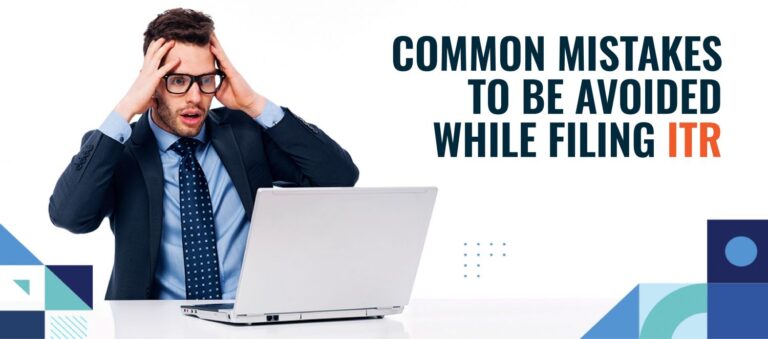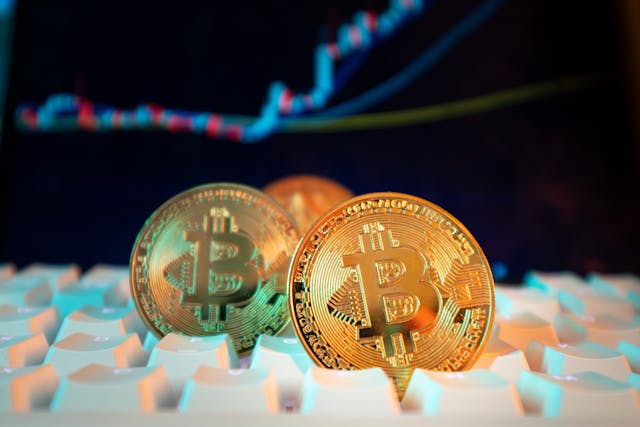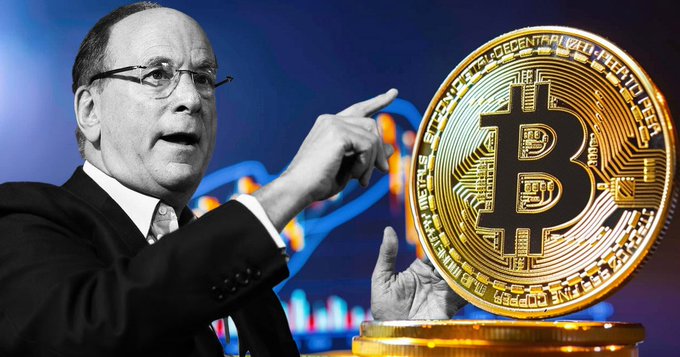Nanoloans for Gig Workers in 2025: A Game Changer for Financial Inclusion
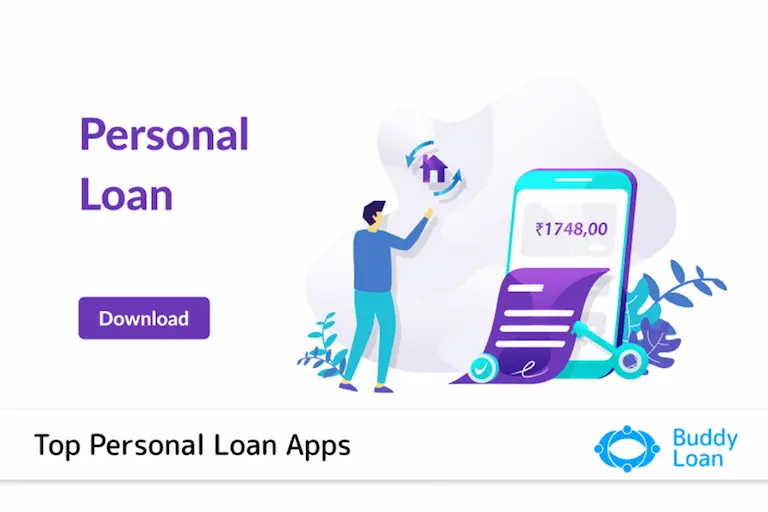
Introduction: The Rise of the Gig Economy
The gig economy is booming in 2025. From food delivery partners and cab drivers to freelancers and home-service providers, millions of people in India and globally now rely on gig-based work to earn their living. While this new workforce brings flexibility and independence, it often comes at the cost of financial stability. One major hurdle gig workers face is access to credit. This is where nanoloans step in — a revolutionary financial solution for short-term liquidity issues.
What Are Nanoloans?
Nanoloans are ultra-small ticket loans — typically ranging from ₹100 to ₹10,000 — designed to offer instant financial support for short-term needs. These loans are offered via digital platforms, require minimal documentation, and are disbursed almost instantly. In 2025, nanoloans are becoming a key tool for empowering gig workers who otherwise fall outside the traditional credit system.
Why Gig Workers Need Nanoloans
Gig workers often lack:
- A formal credit history
- Regular income records
- Traditional employer documentation
This makes it nearly impossible for them to secure loans from banks. Nanoloans are tailored for such individuals. They cater to daily cash flow gaps, emergencies like medical needs, bike repairs, or even to purchase equipment for work (e.g., mobile phones, power banks, helmets).
How Nanoloans Work in 2025
Thanks to advancements in fintech and AI-driven lending, nanoloans in 2025 operate in a highly efficient, data-driven ecosystem:
- App-Based Lending Platforms: Apps like KarmaLife, SmartCoin, and Jupiter Edge offer nanoloans instantly.
- AI Credit Scoring: Instead of traditional CIBIL scores, gig workers are scored based on their app activity, transaction behavior, GPS data, and even mobile usage patterns.
- Embedded Finance: Platforms like Swiggy, Zomato, Uber, and Urban Company have embedded nanoloan offerings directly in their worker apps.
- Flexible Repayment: Repayment is often auto-deducted from daily earnings or settled weekly, making it easier for workers with irregular incomes.

Top Nanoloan Platforms for Gig Workers in 2025
- KarmaLife
- Specializes in gig worker financing
- Offers salary-linked credit
- Partners with over 50 platforms
- mPokket
- Quick cash loans for college students and gig workers
- Paperless onboarding process
- SmartCoin
- AI-driven micro and nano-lending
- Focus on underbanked and new-to-credit users
- BharatPe PostPe
- Buy Now Pay Later for daily needs
- Gig workers use this to pay for groceries, fuel, and essentials
- EarlySalary (Fibe)
- Short-term credit up to ₹5,000 to ₹10,000
- Partnered with ride-hailing and delivery companies
Benefits of Nanoloans for Gig Workers
✅ Quick Access to Funds
No need for long paperwork or visiting banks. Funds are credited instantly.
✅ Improves Work Efficiency
Helps workers invest in better equipment (like phone upgrades or e-bikes), improving productivity.
✅ Builds Credit History
Many platforms now report nanoloans to credit bureaus, helping gig workers build a credit profile.
✅ Encourages Financial Discipline
With features like automatic repayments, nanoloans can encourage better money management.
Risks and Challenges
⚠️ High Interest Rates
Some nanoloans charge 20–30% annualized interest. If not repaid on time, this can lead to a debt trap.
⚠️ Lack of Regulation
Not all lenders are RBI-registered NBFCs. Many operate in legal grey zones.
⚠️ Data Privacy Concerns
Lenders use alternate data (location, call logs, SMS) to score users, raising privacy issues.
Regulatory Support in 2025
To protect gig workers and promote responsible lending, the RBI has:
- Mandated KYC norms for all digital loan providers
- Banned predatory lending and hidden charges
- Launched the Digital Lending Credit Bureau (DLCB) to monitor nano and micro-loans
Also, initiatives like Open Credit Enablement Network (OCEN) and Account Aggregators now allow workers to port their earnings data across platforms, increasing their creditworthiness.
The Future: Nanoloans + Embedded Insurance + Savings
In 2025, the ecosystem is evolving rapidly. Nanoloans are being bundled with micro-insurance and savings products:
- ₹10/day insurance plans for health or accident coverage
- Round-off savings: spare change from earnings automatically saved
- Goal-based nano-loans: e.g., loan for bike repair repaid in 3 weeks
This integrated approach is turning short-term debt into a stepping stone for long-term financial stability.
Conclusion: A New Financial Era for Gig Workers
Nanoloans are more than just a financial product — they represent inclusion, empowerment, and dignity. In 2025, as India’s gig economy continues to grow, nanoloans will play a crucial role in ensuring that gig workers don’t just survive, but thrive.
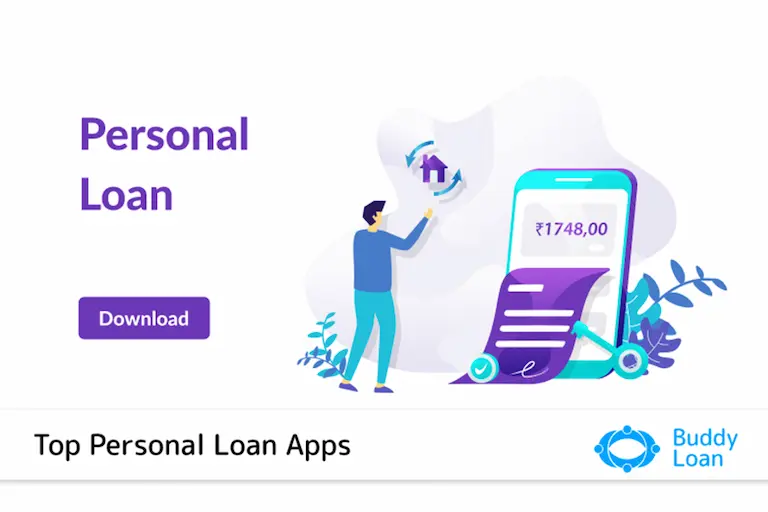
For fintech startups, investors, and policymakers, the message is clear: nanoloans are the future of inclusive finance. For gig workers, they’re a lifeline — and a ladder toward a better tomorrow.

